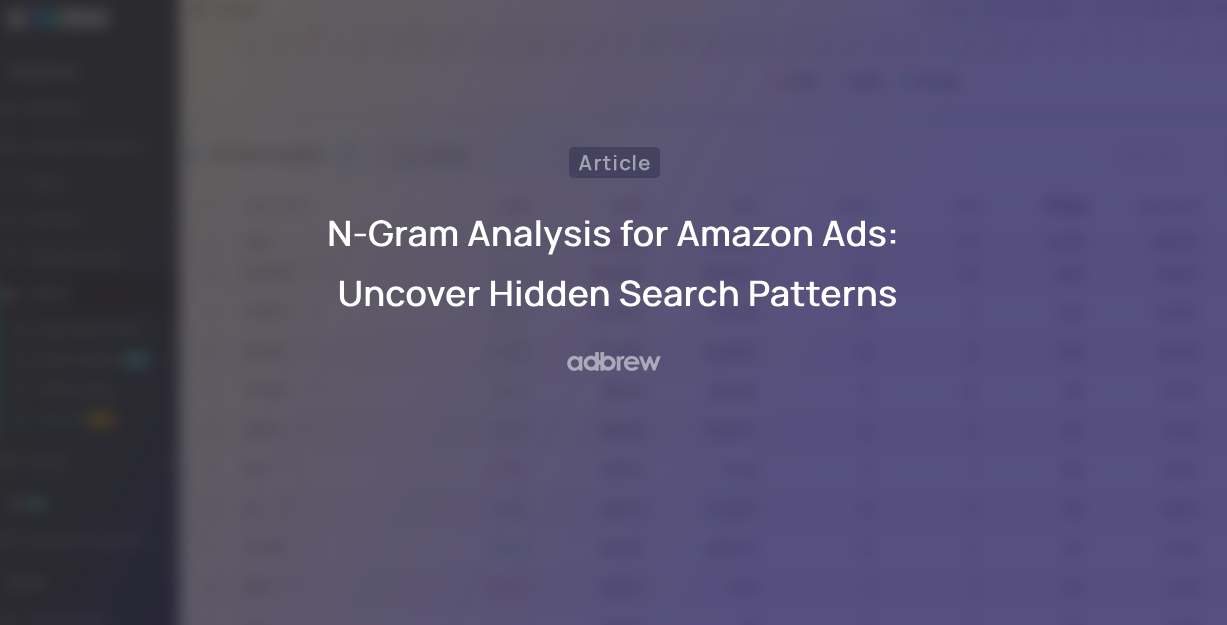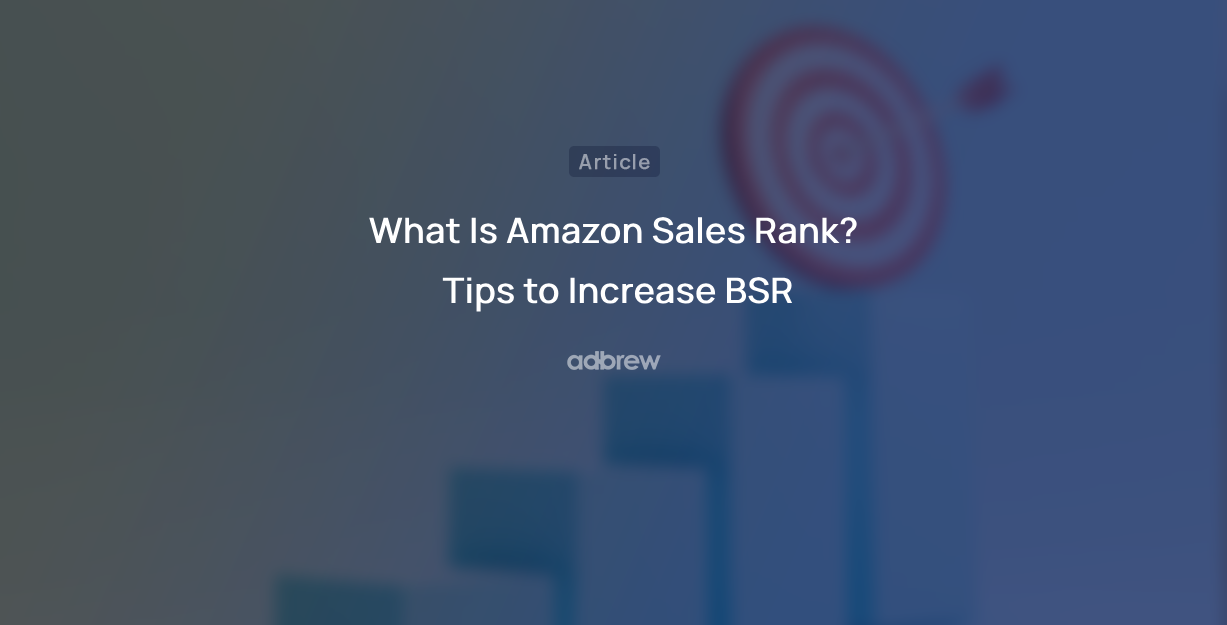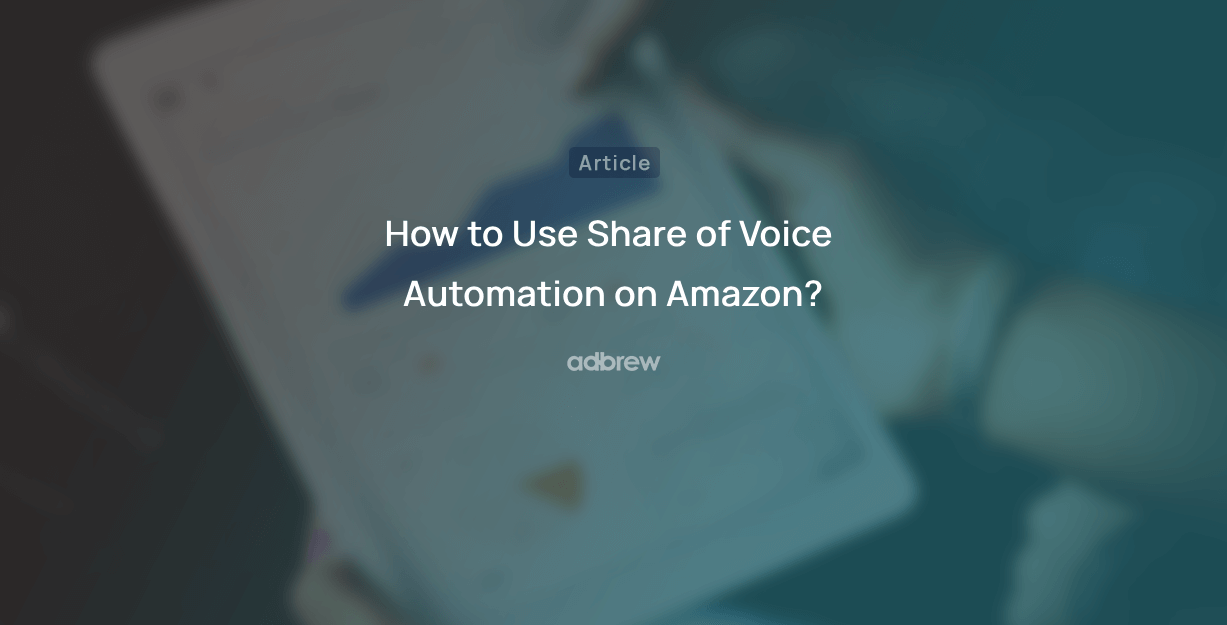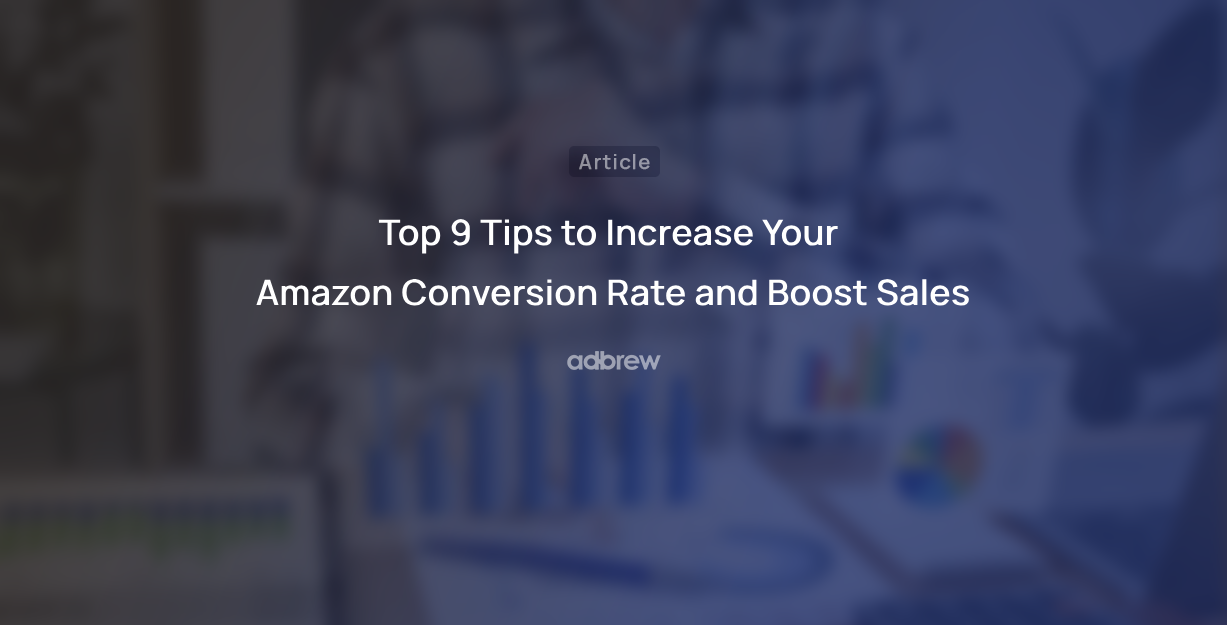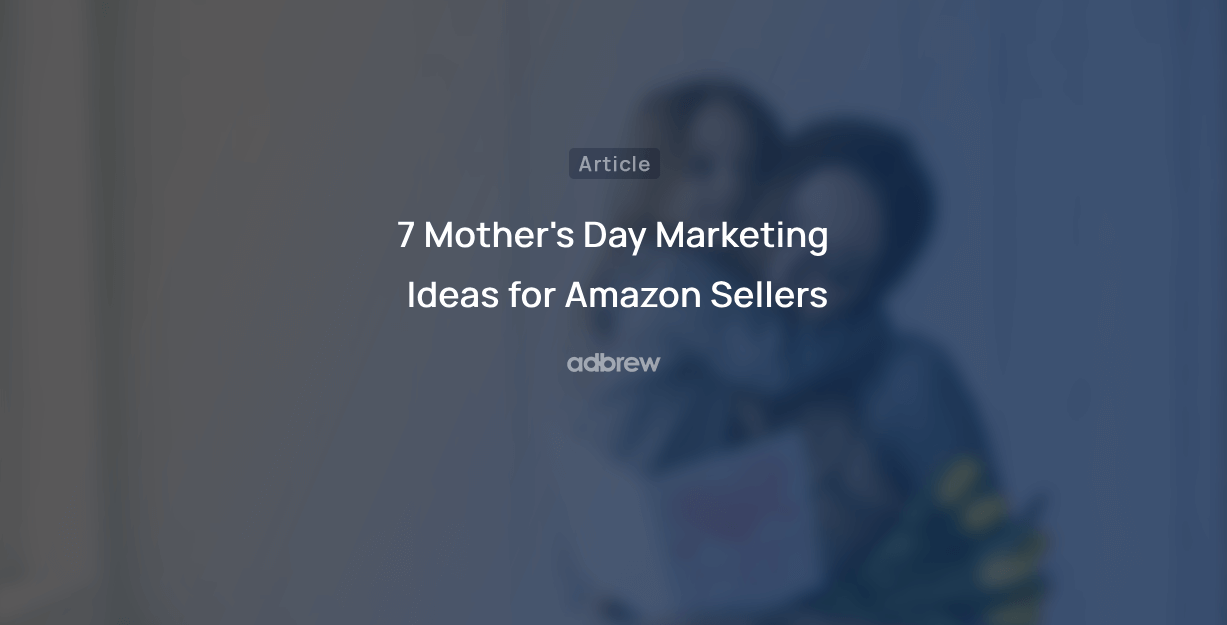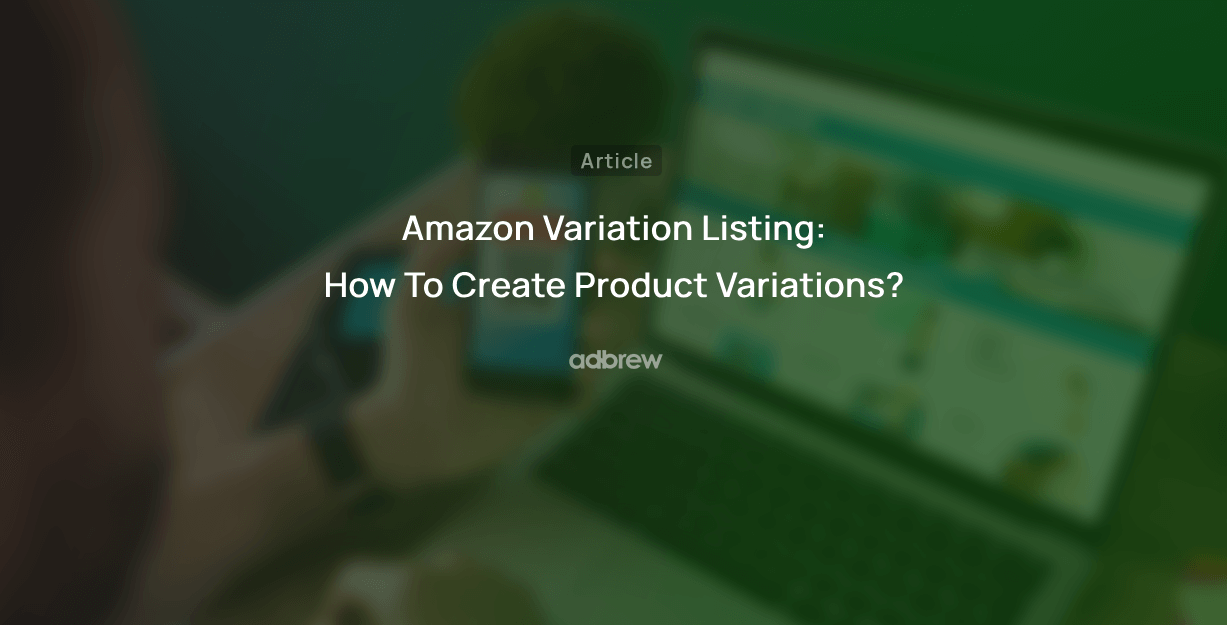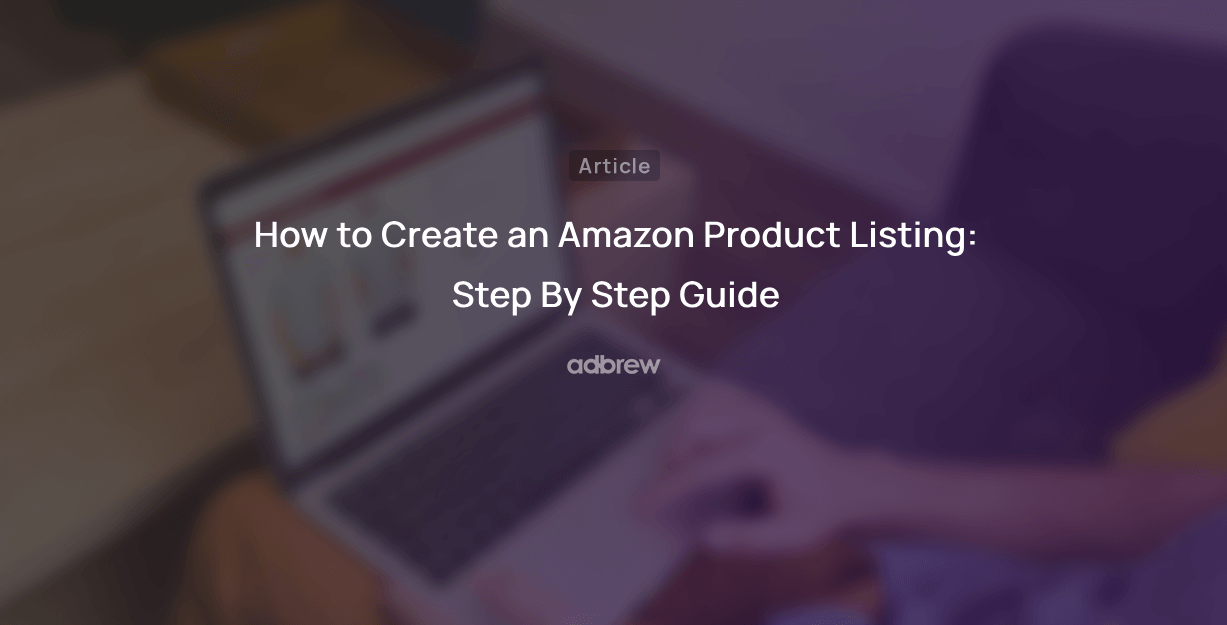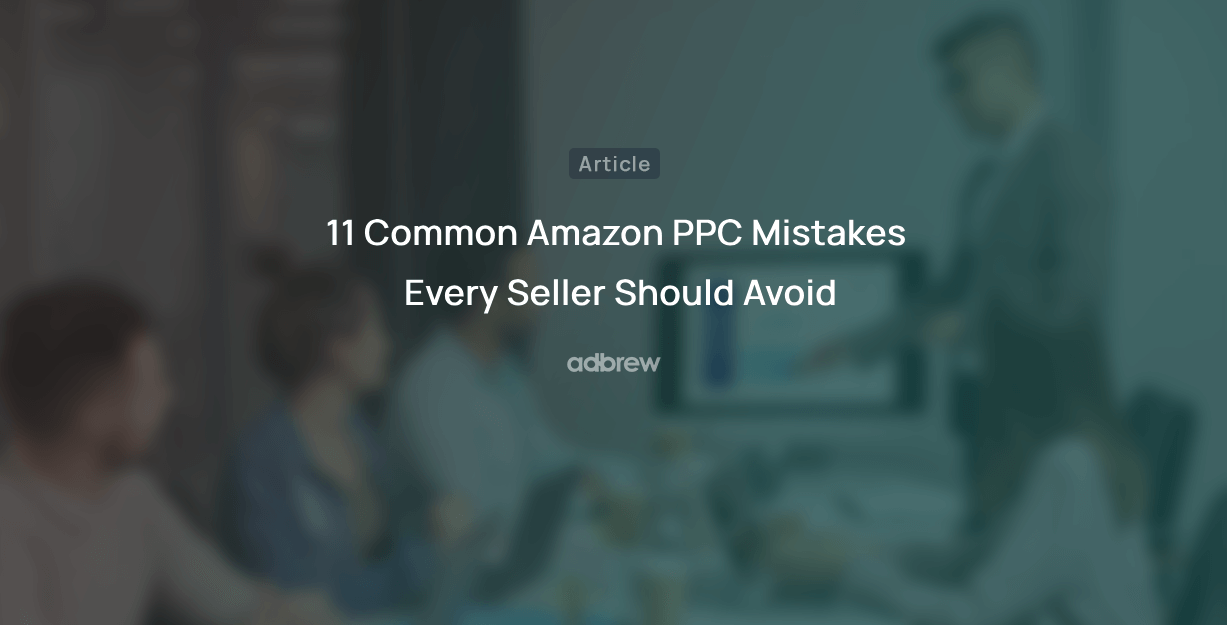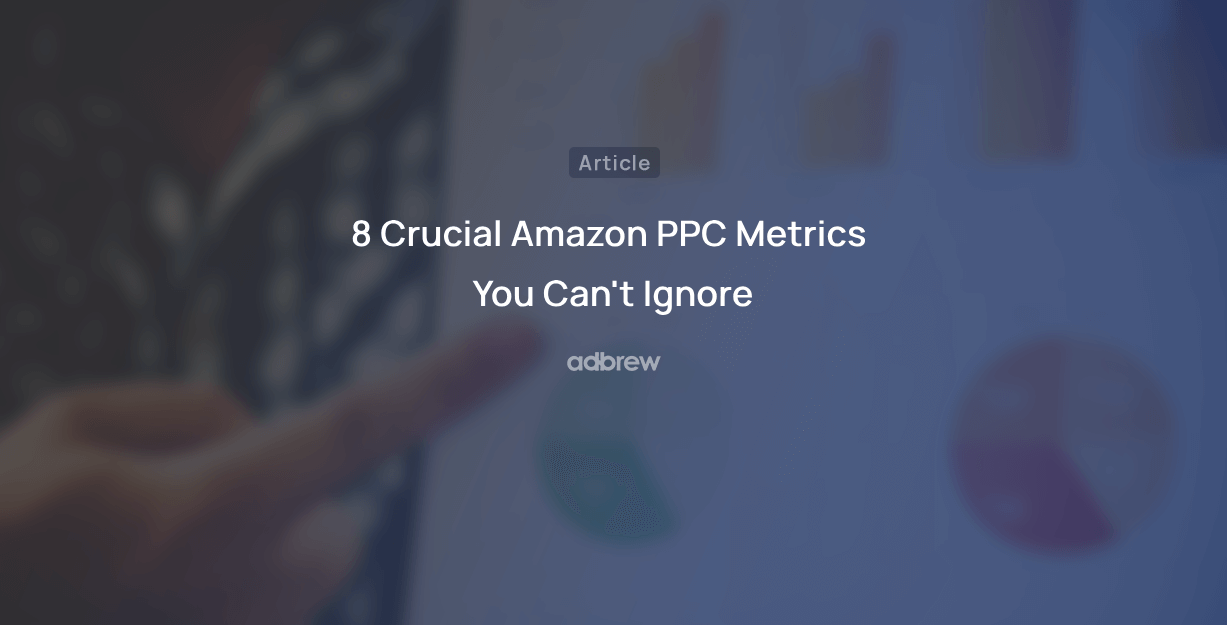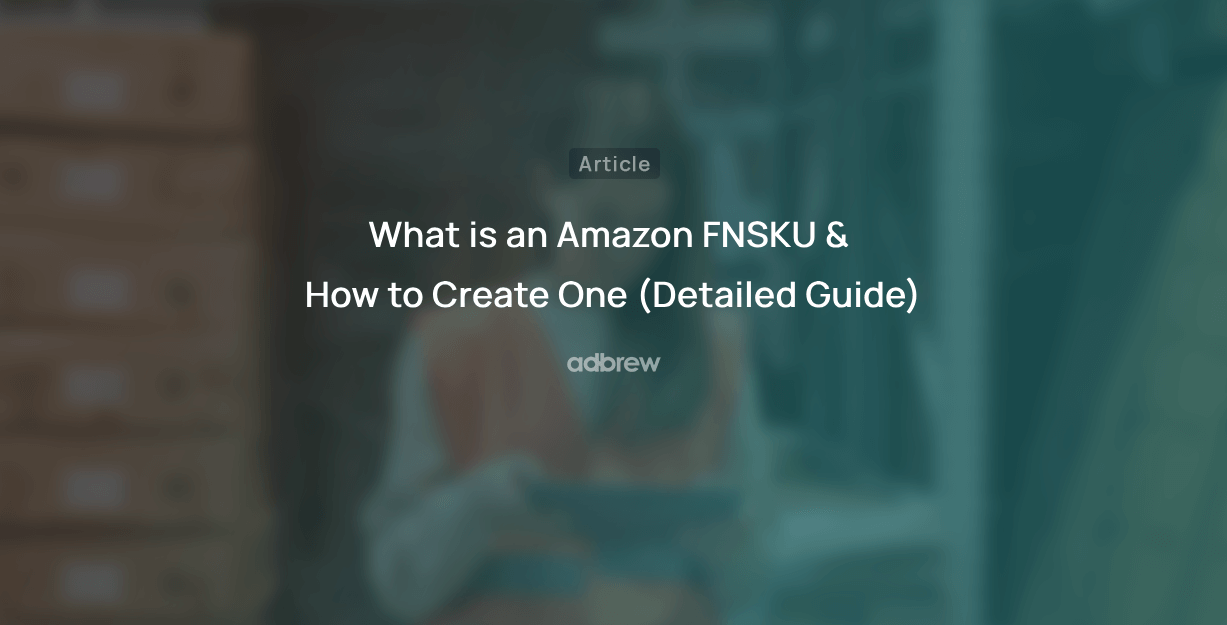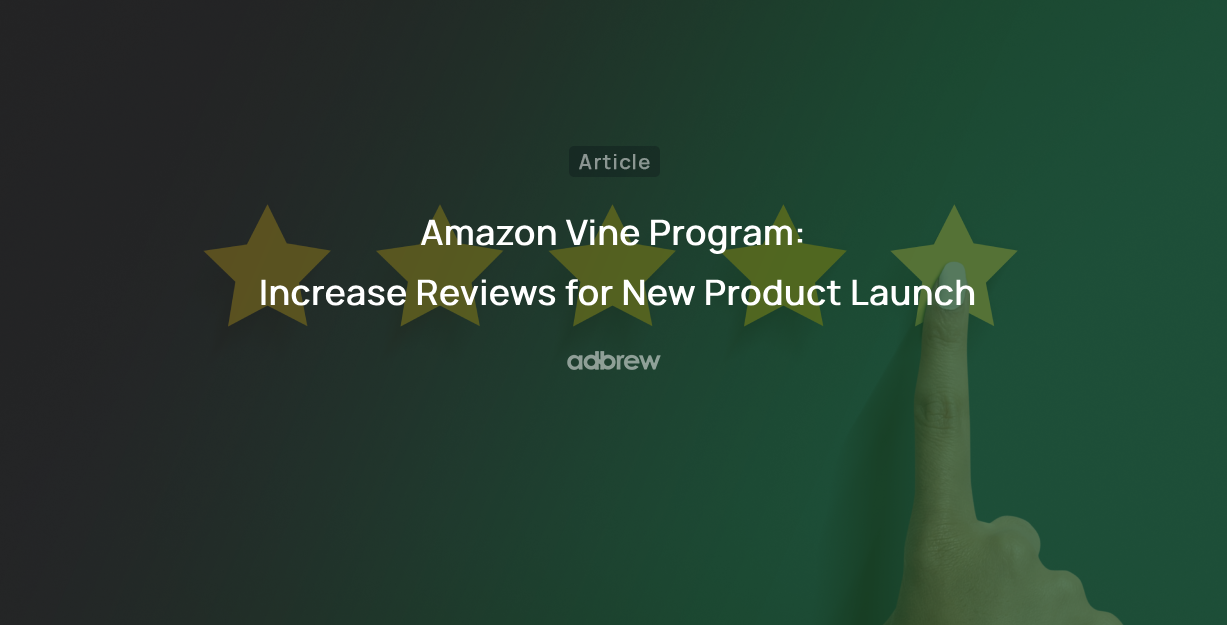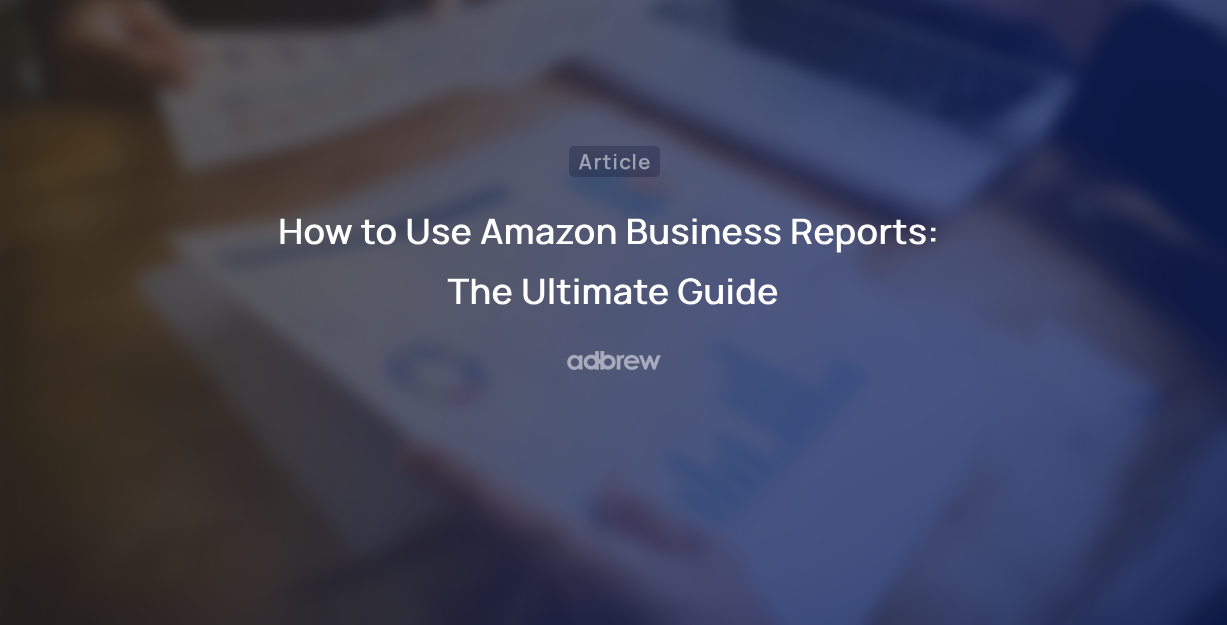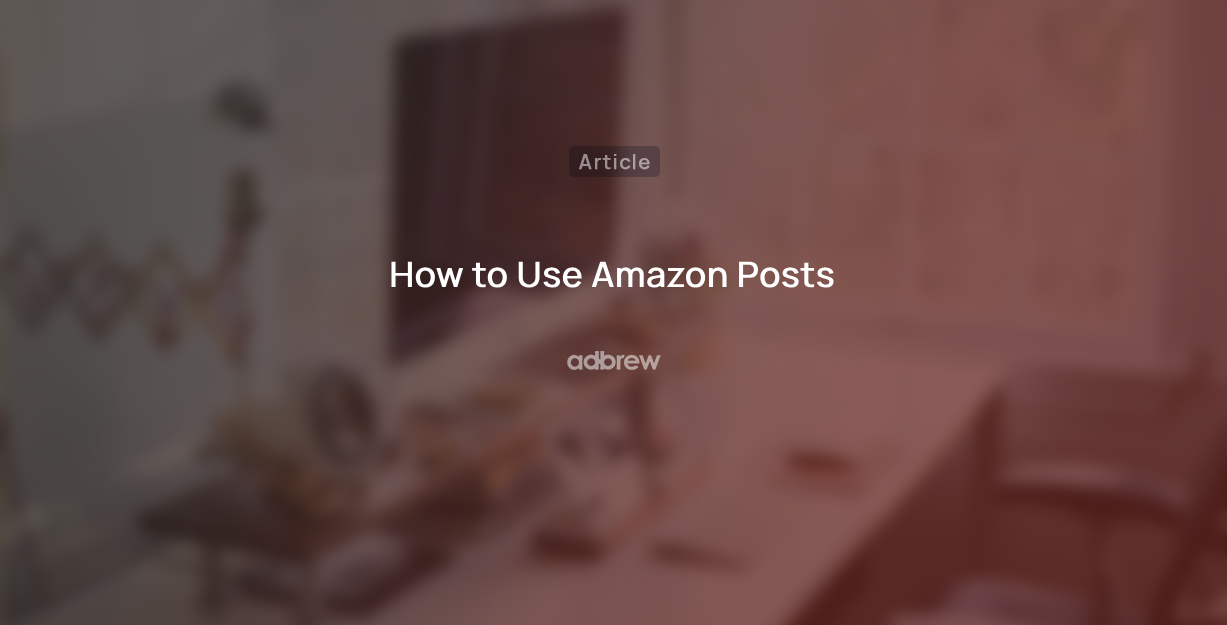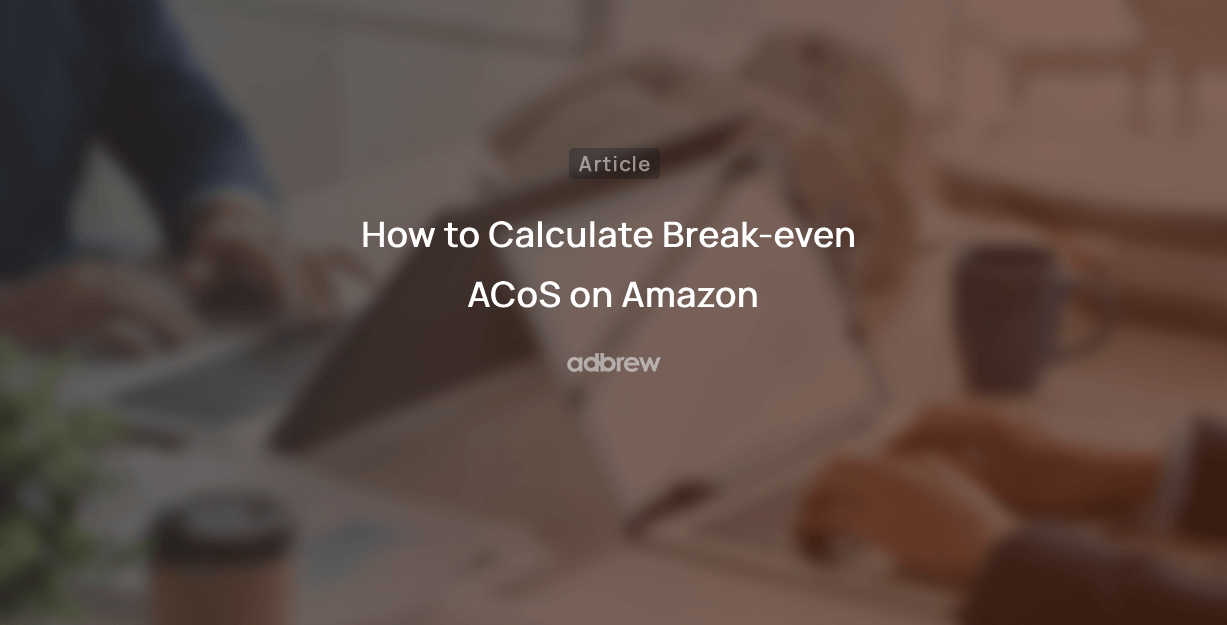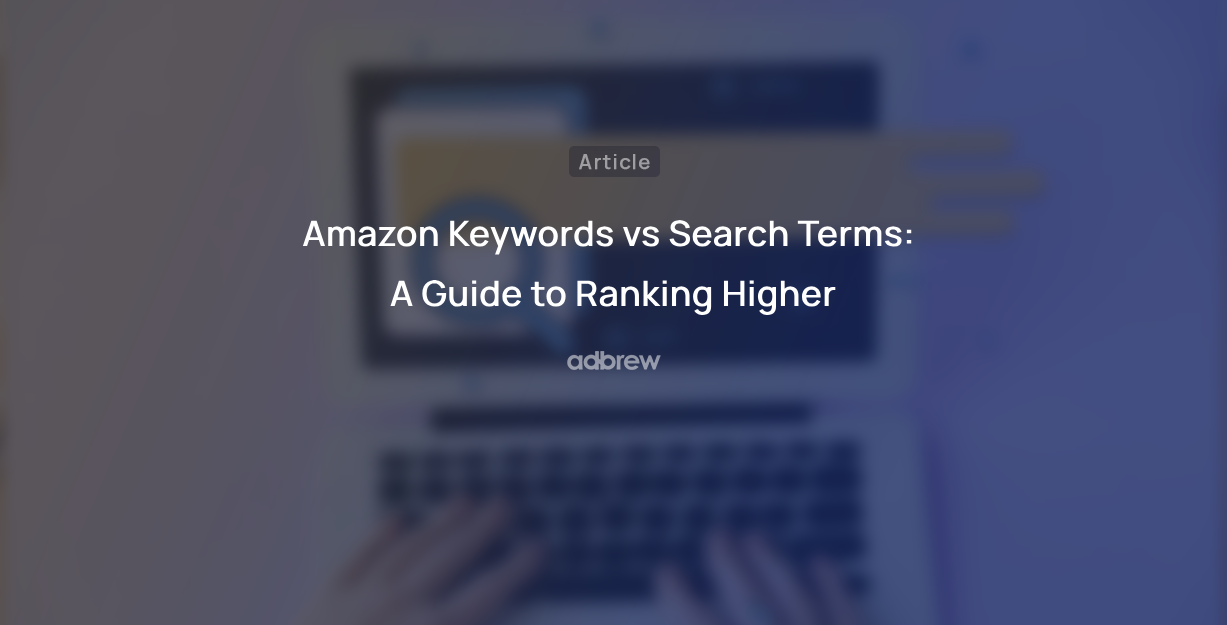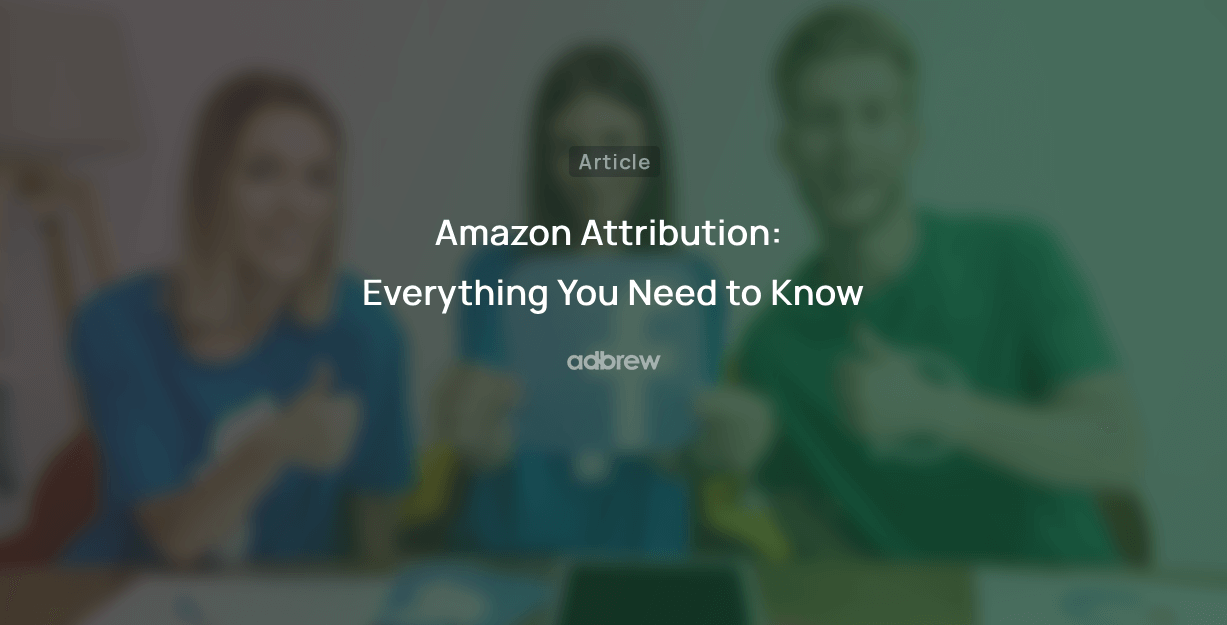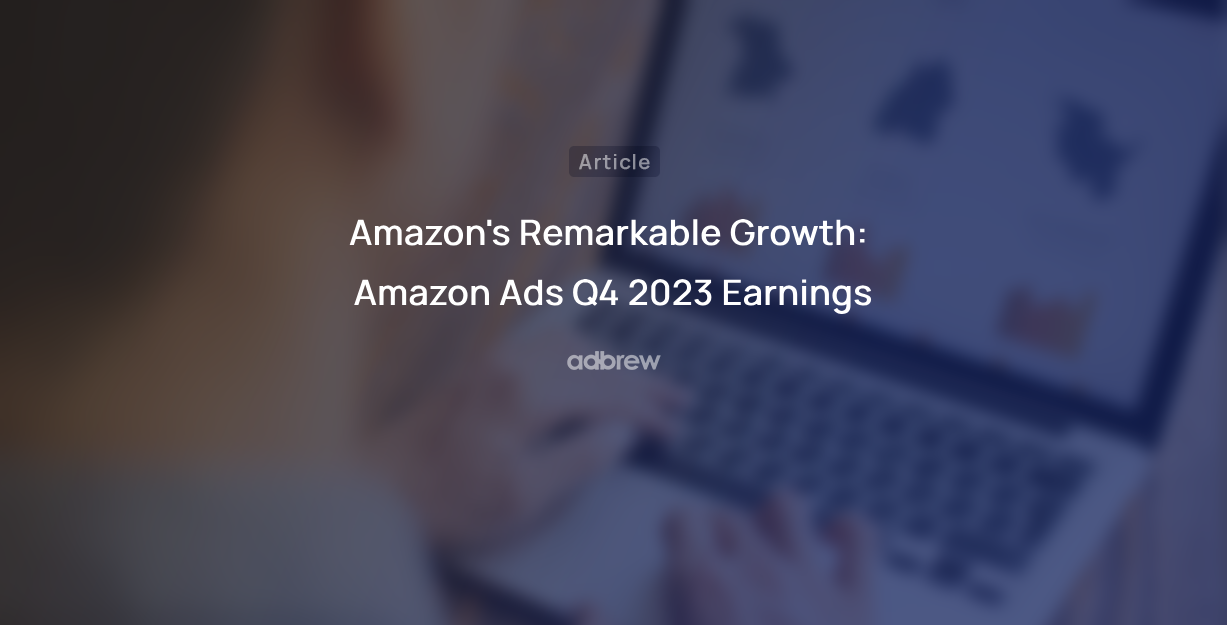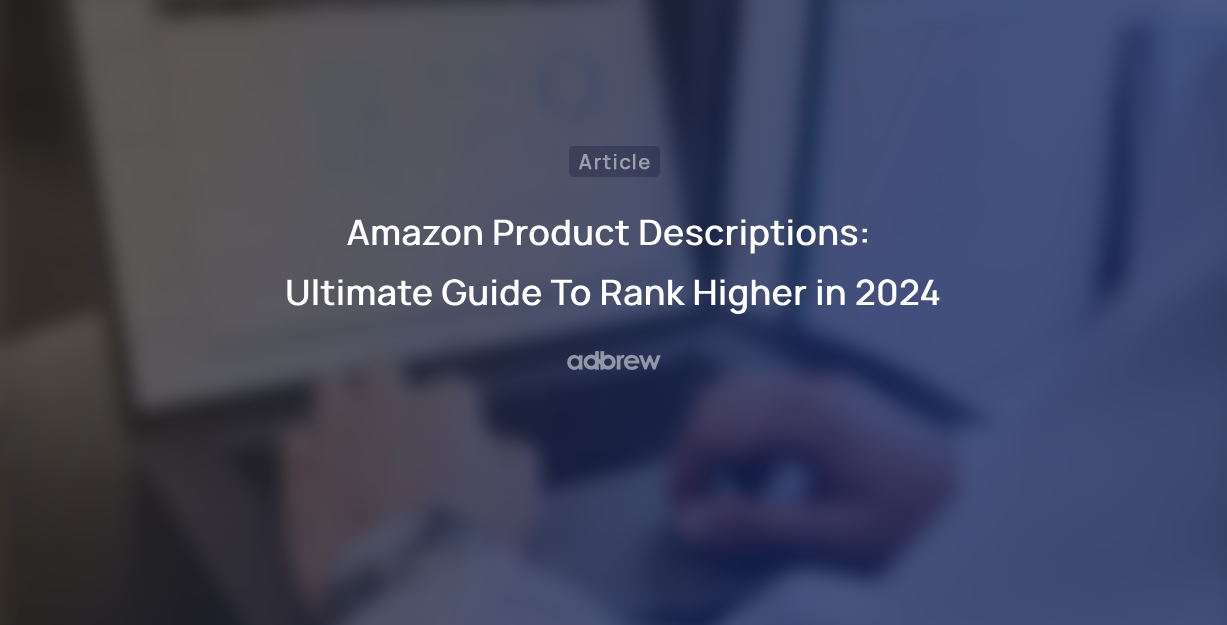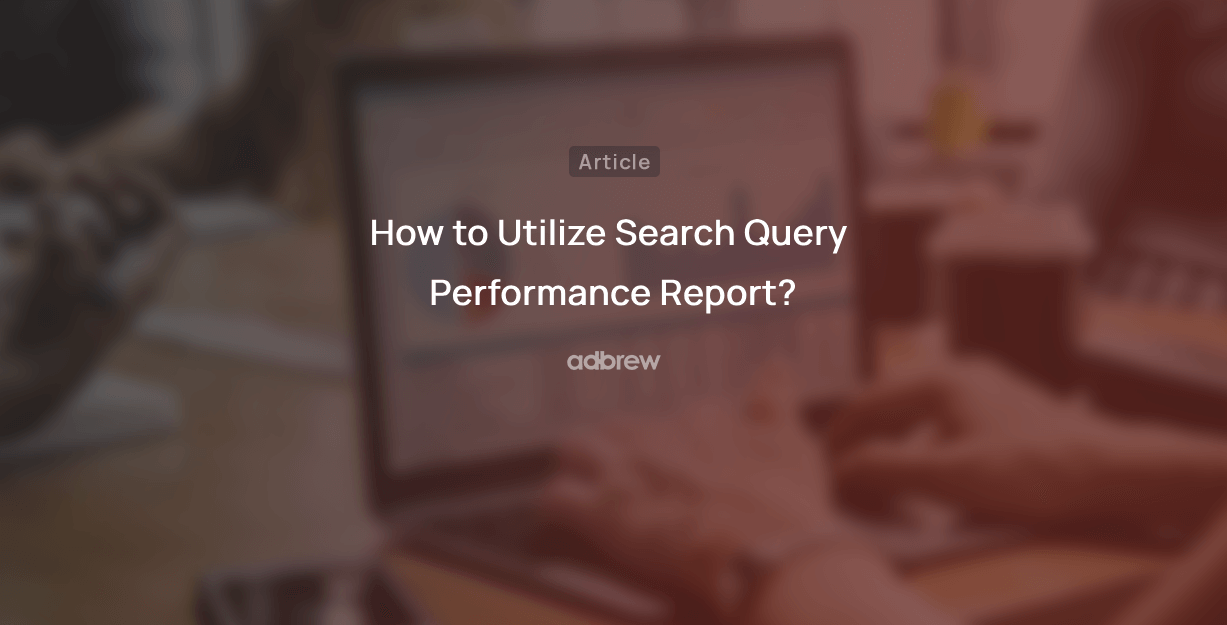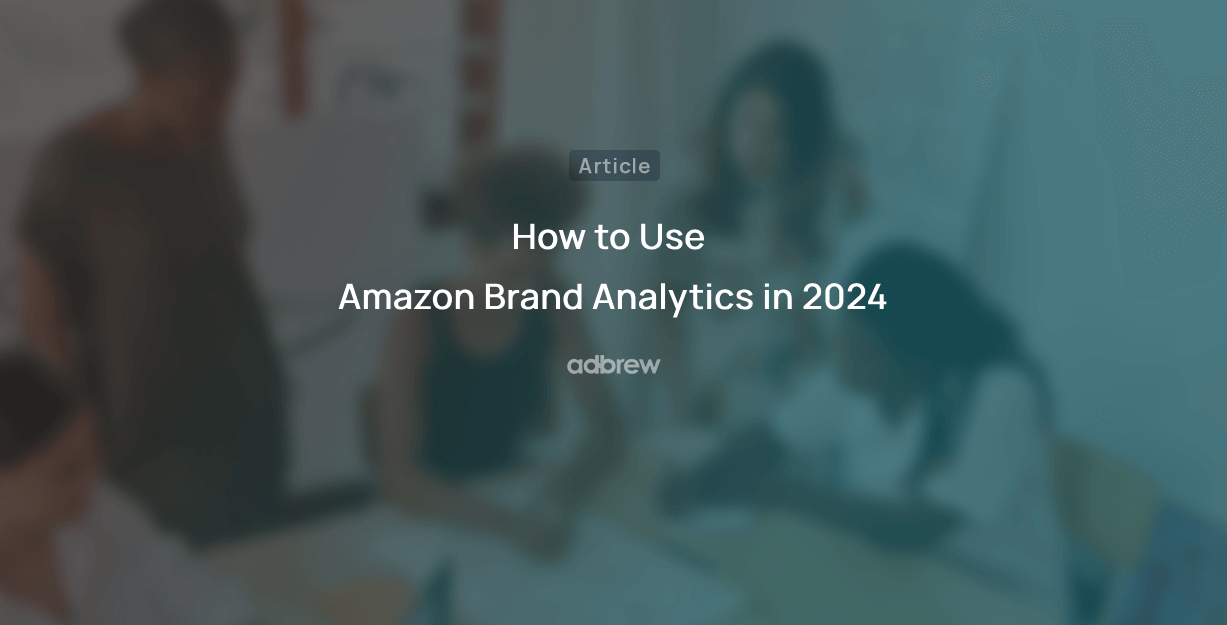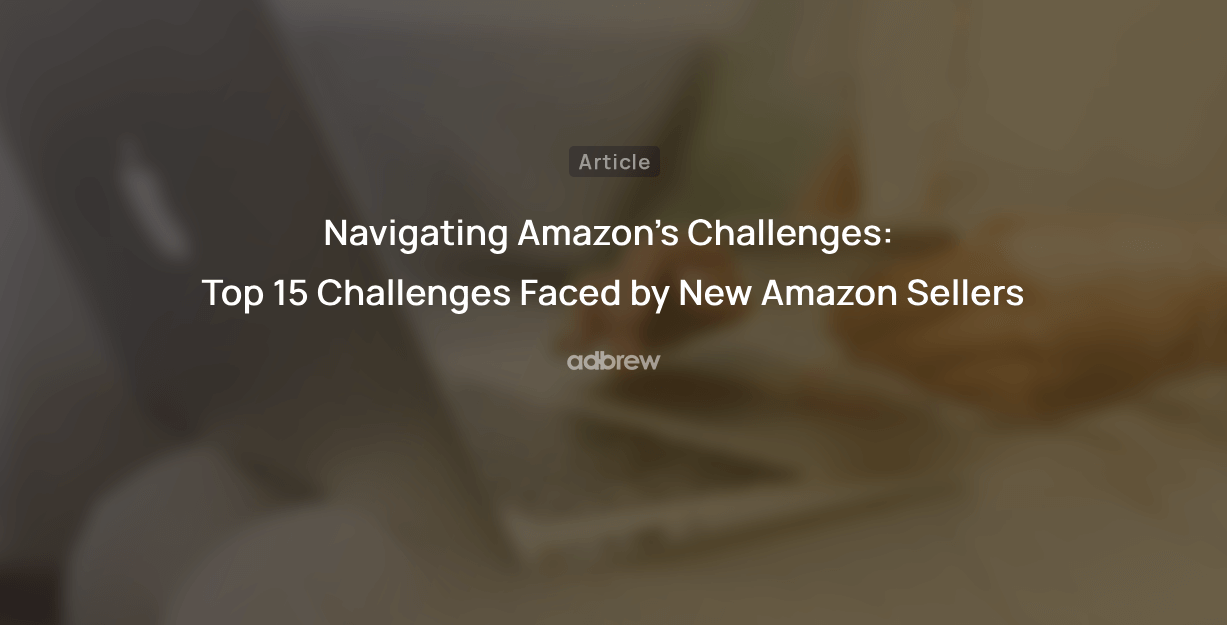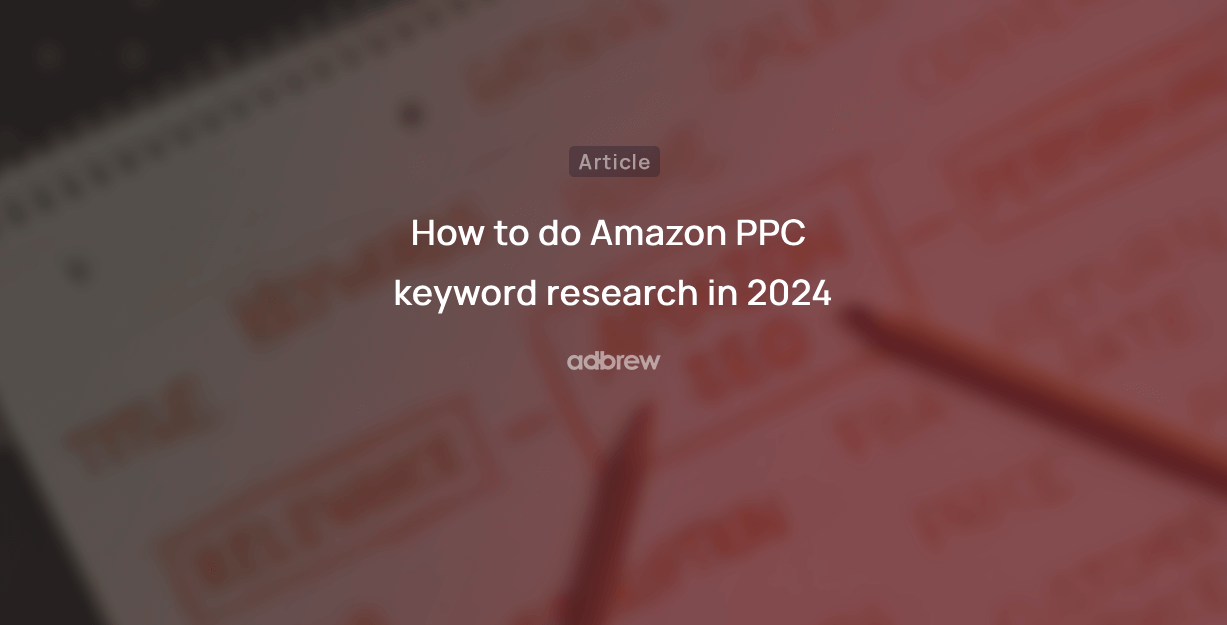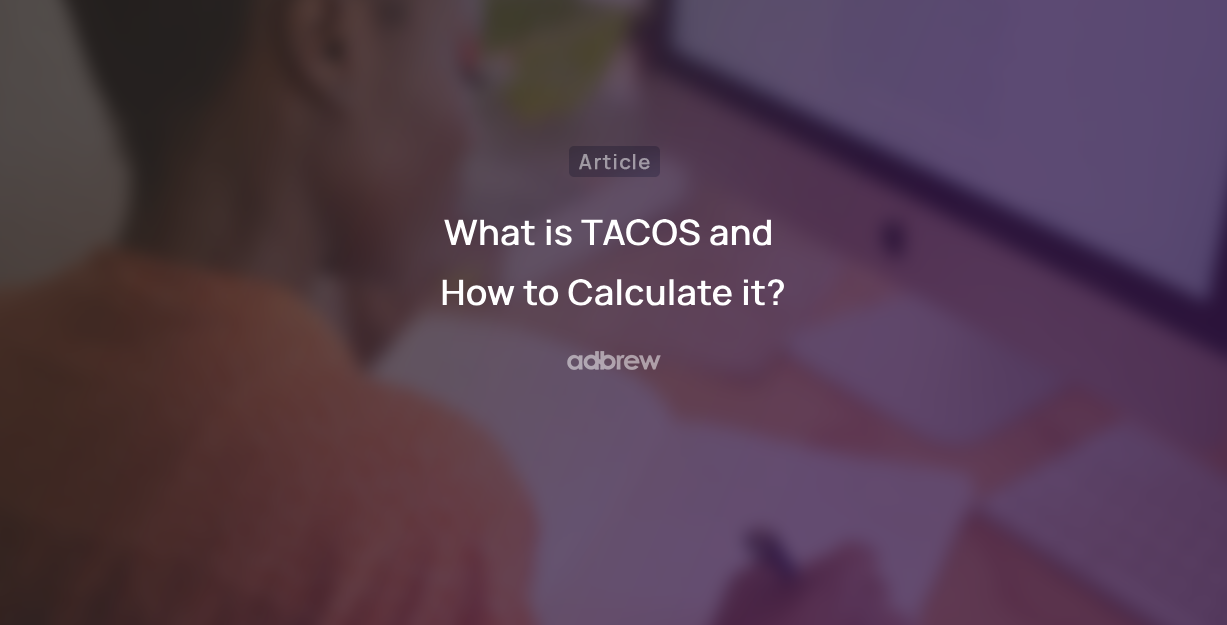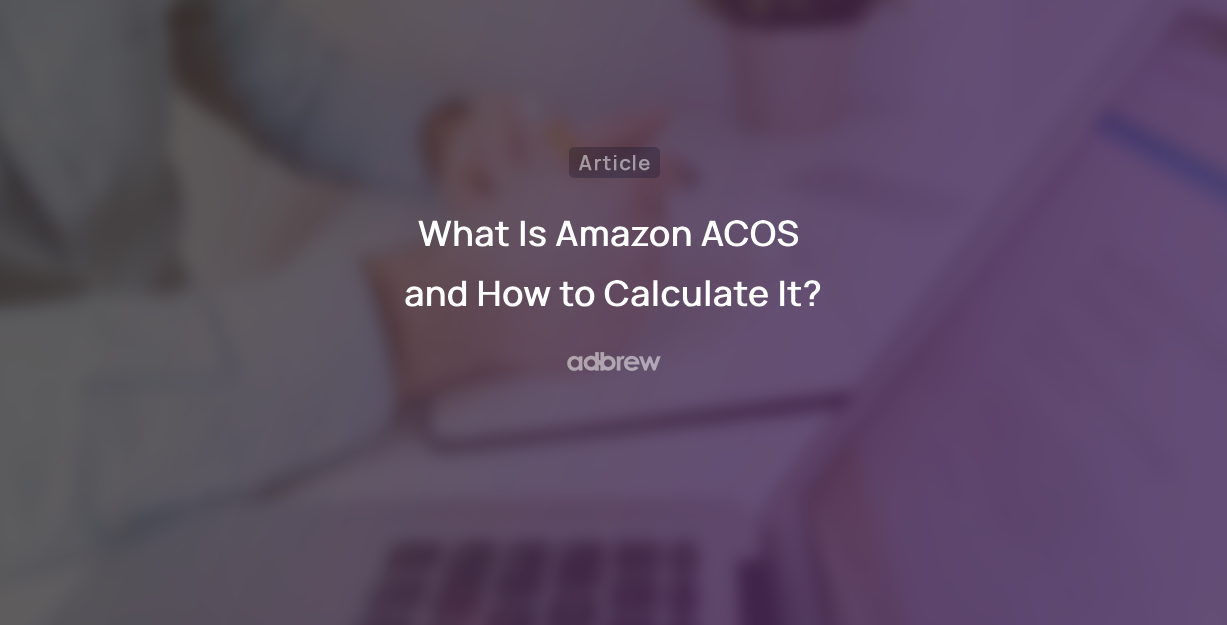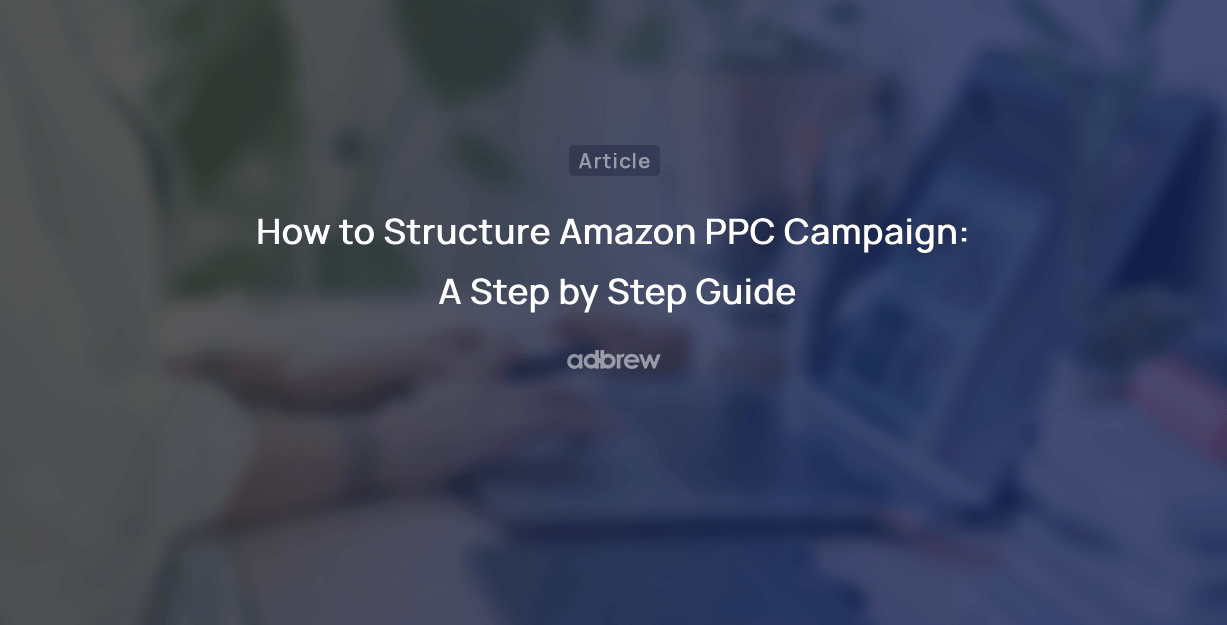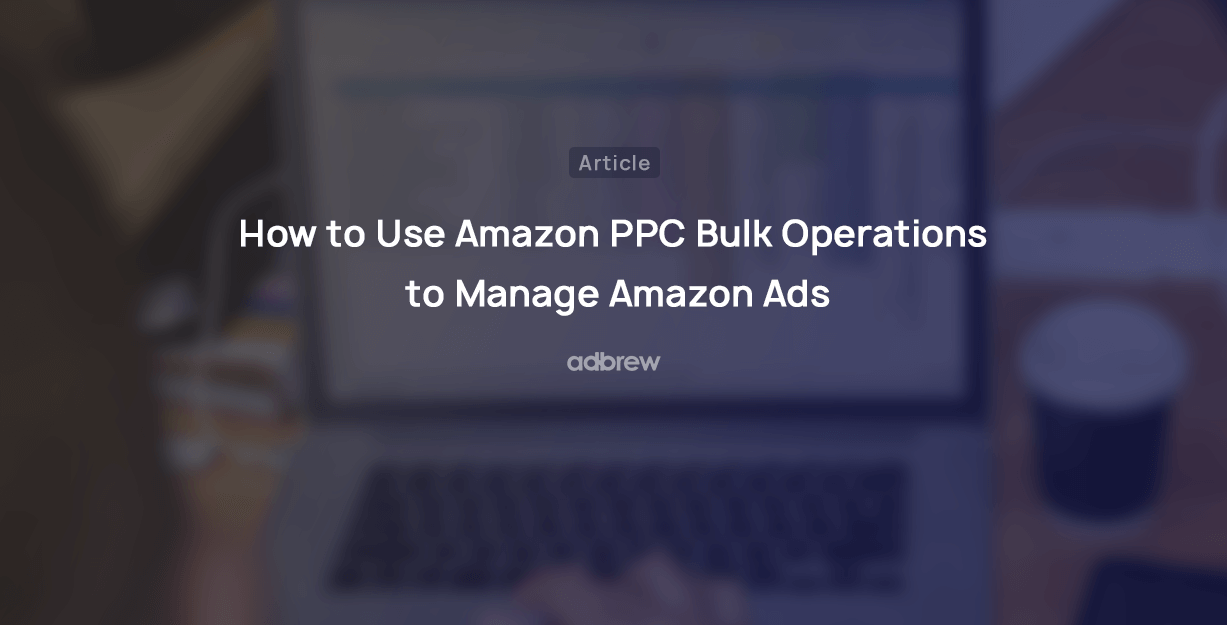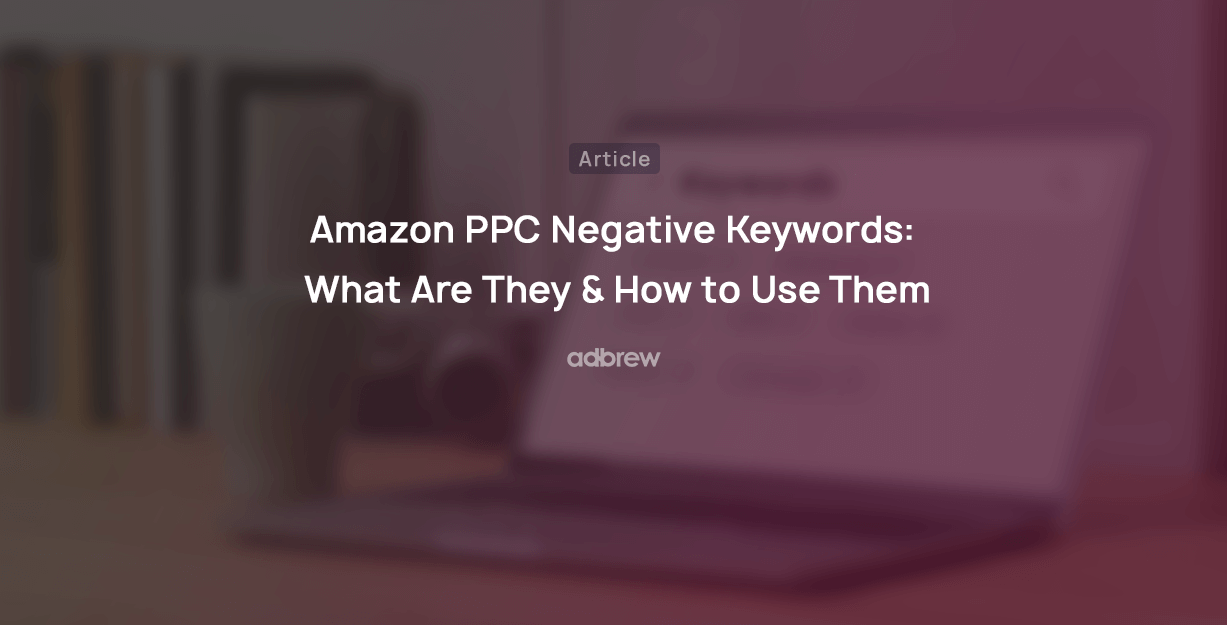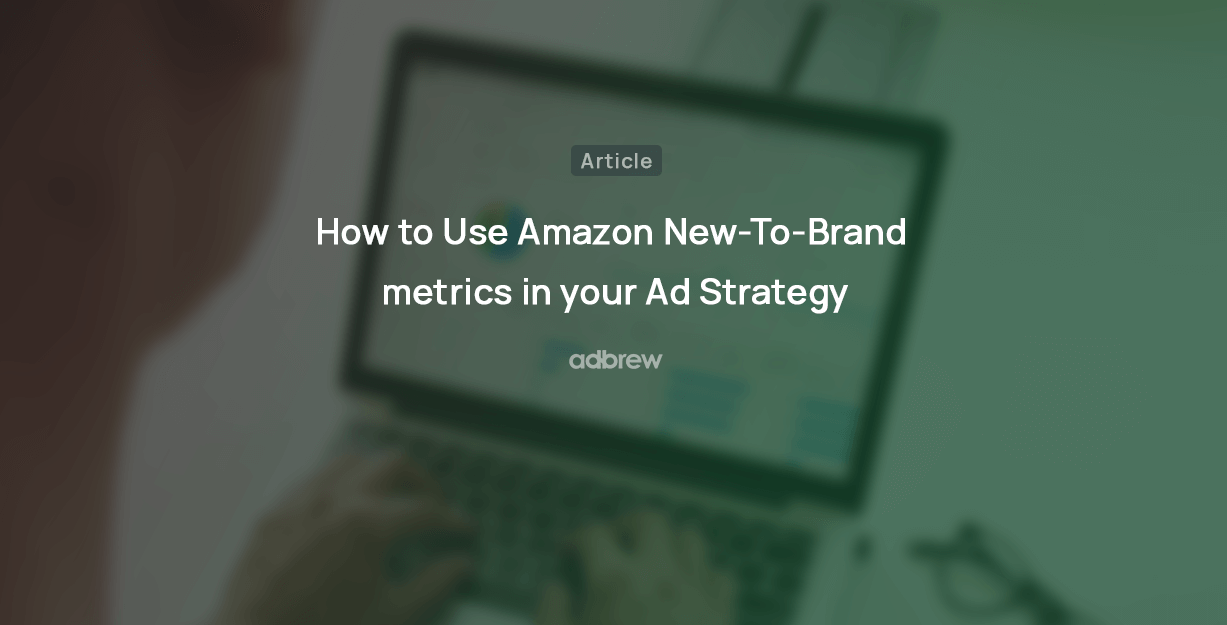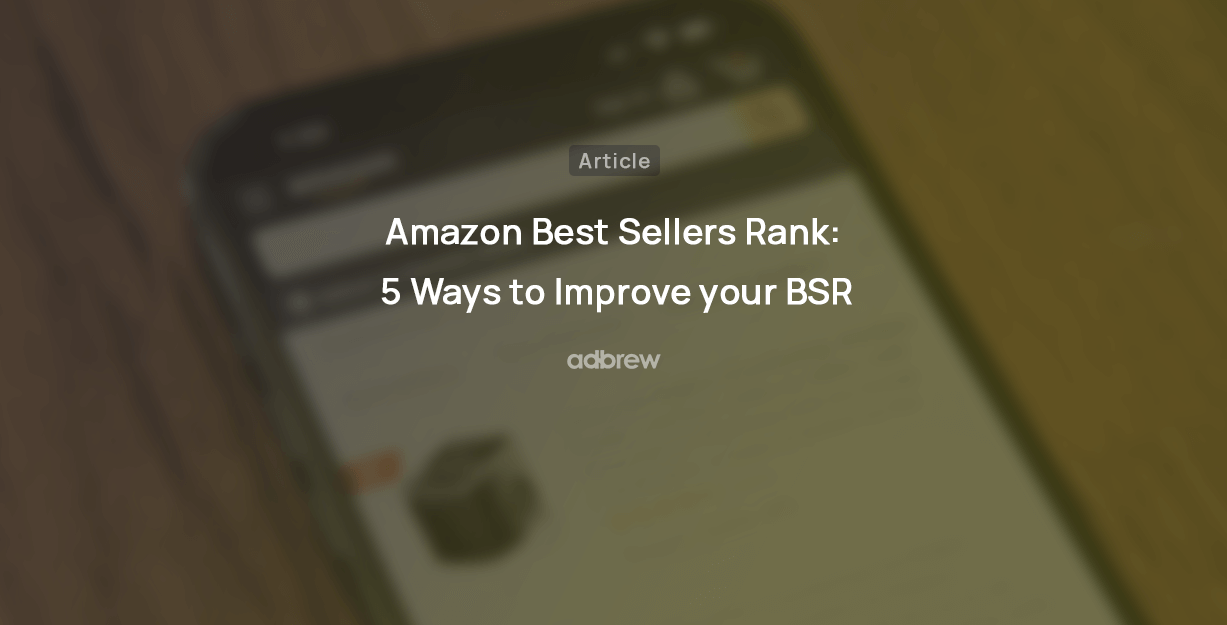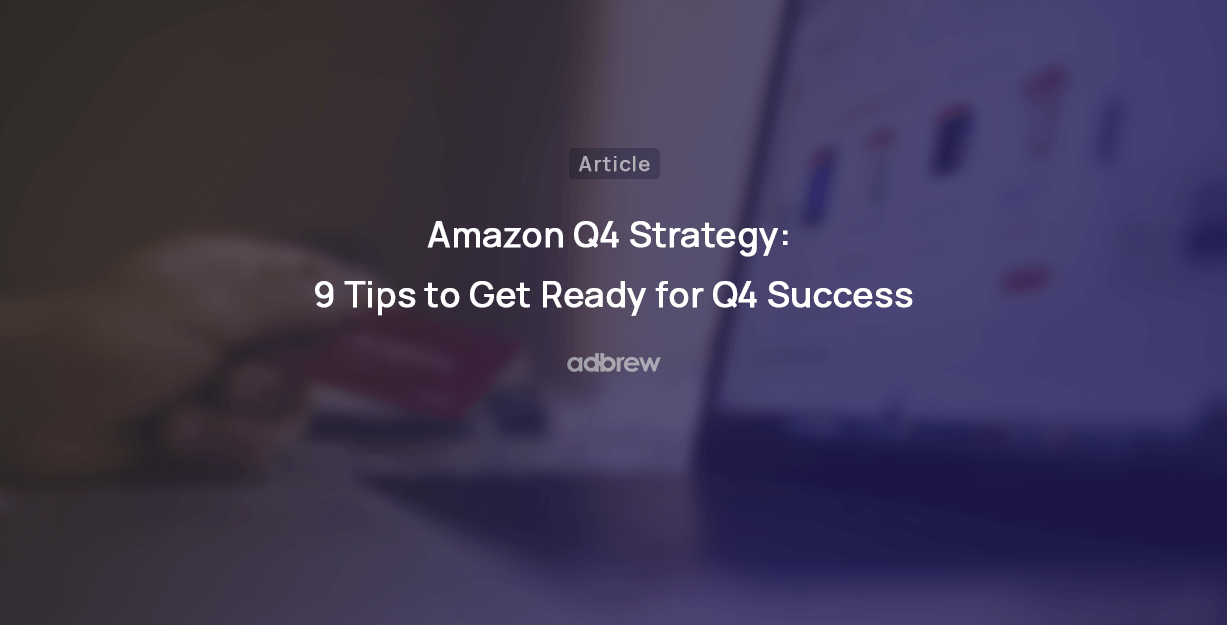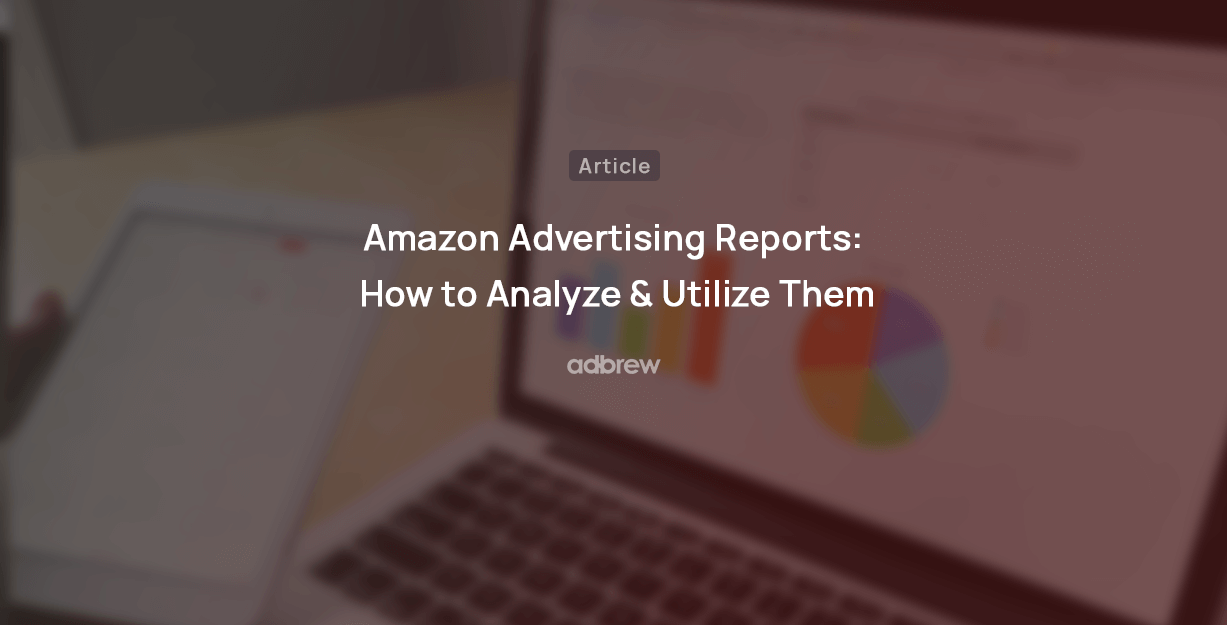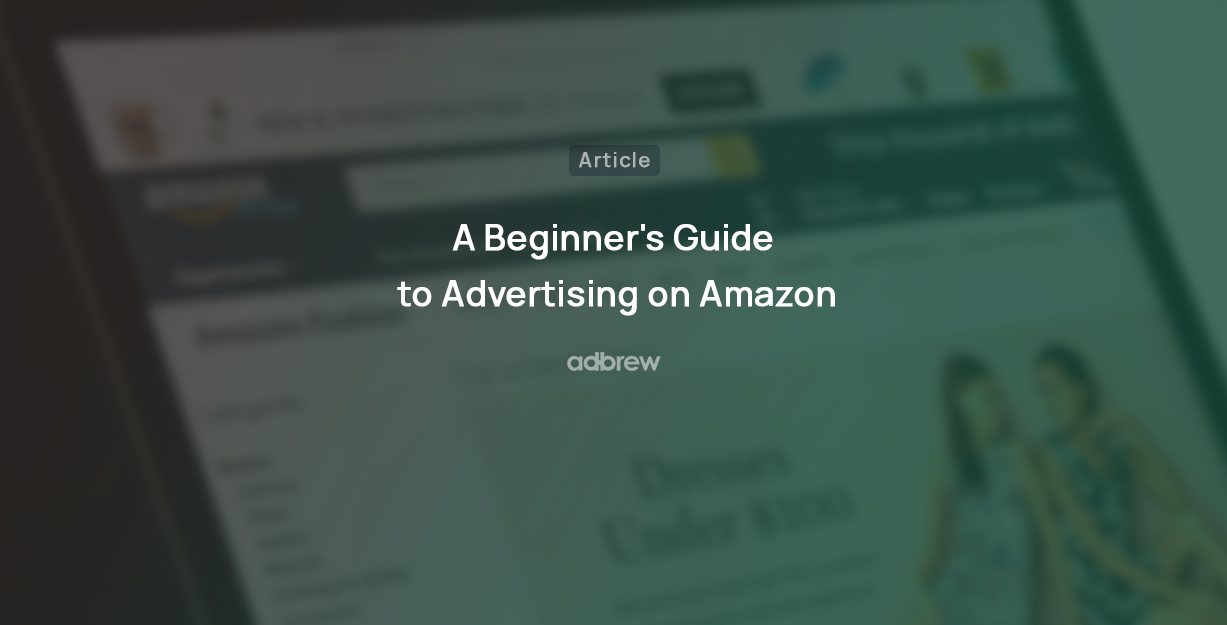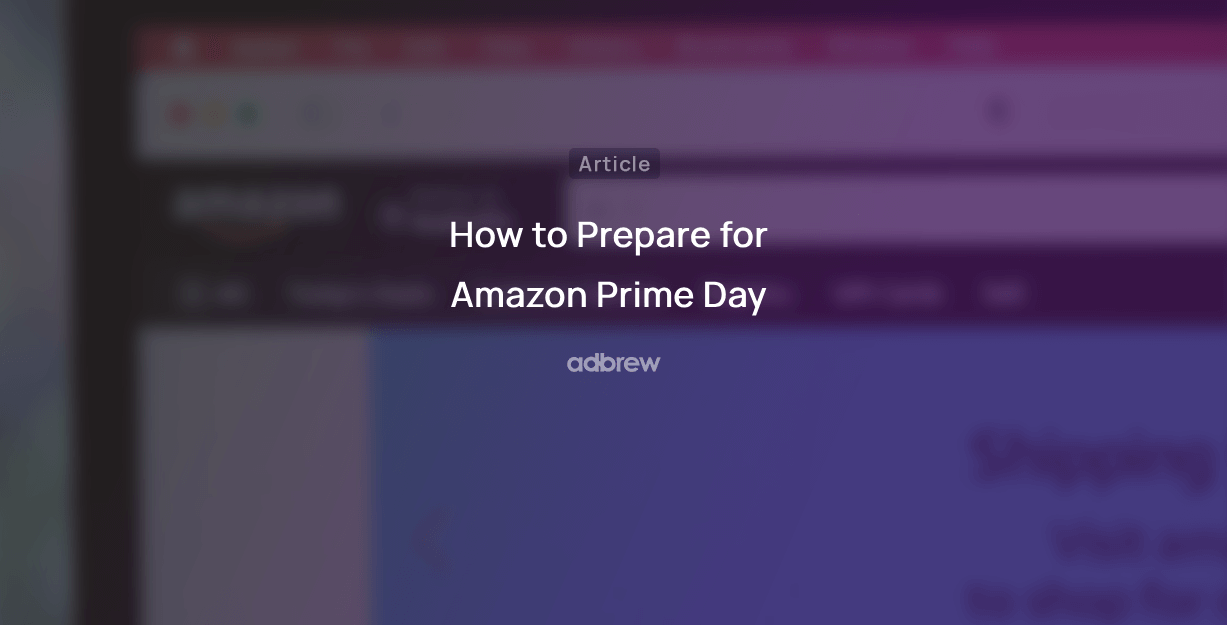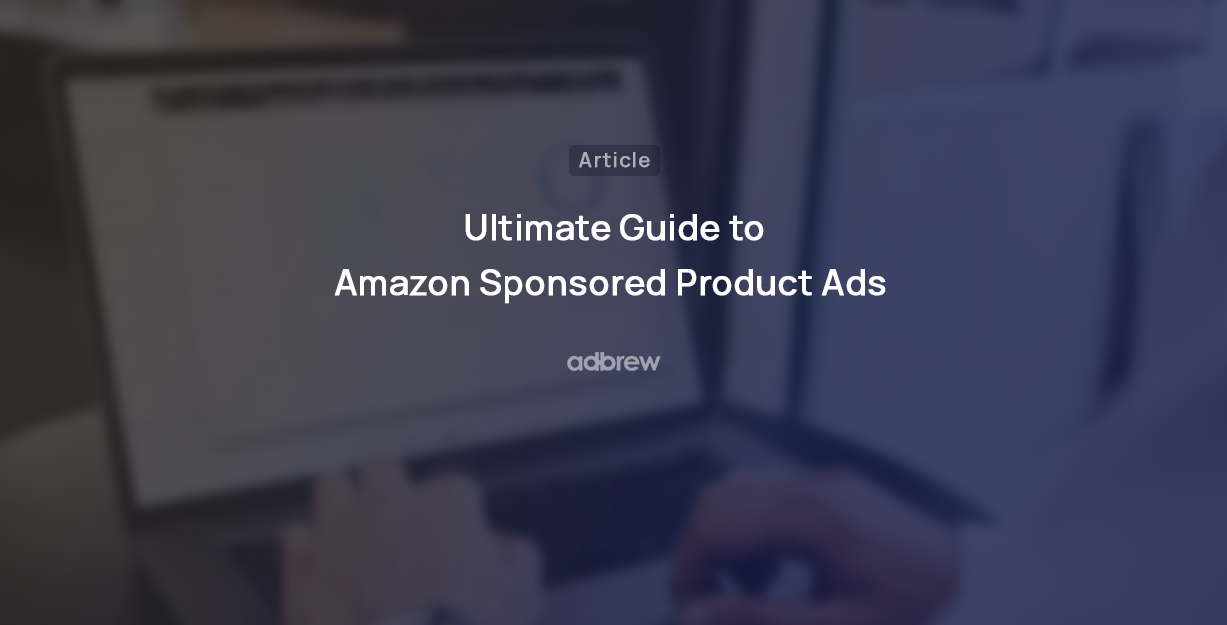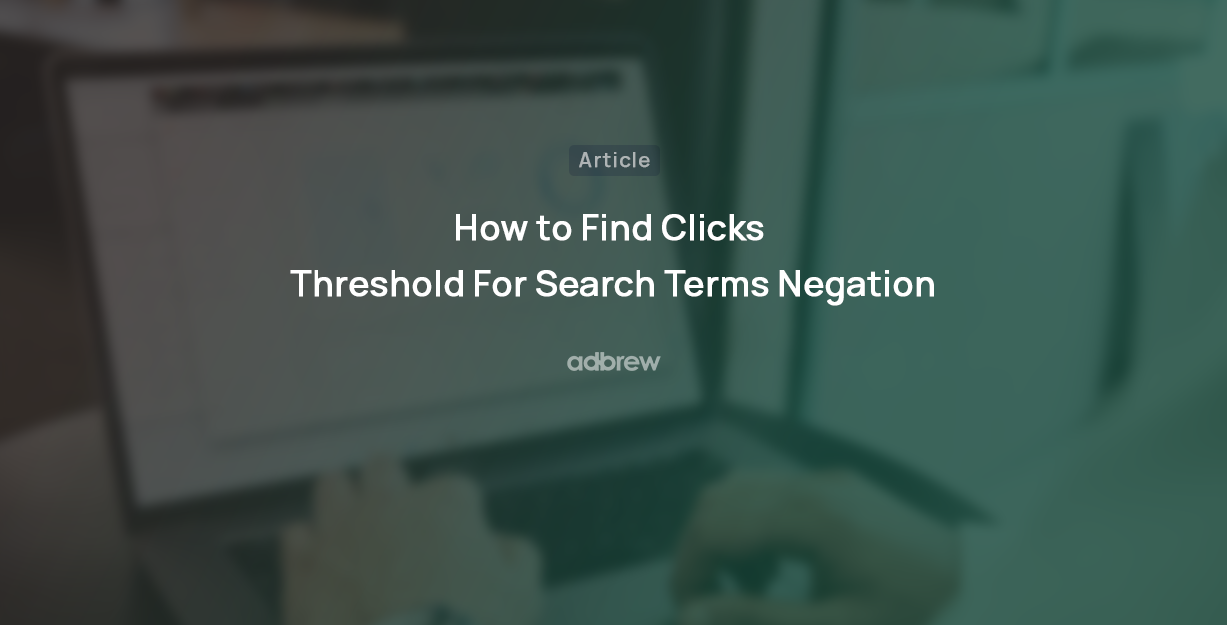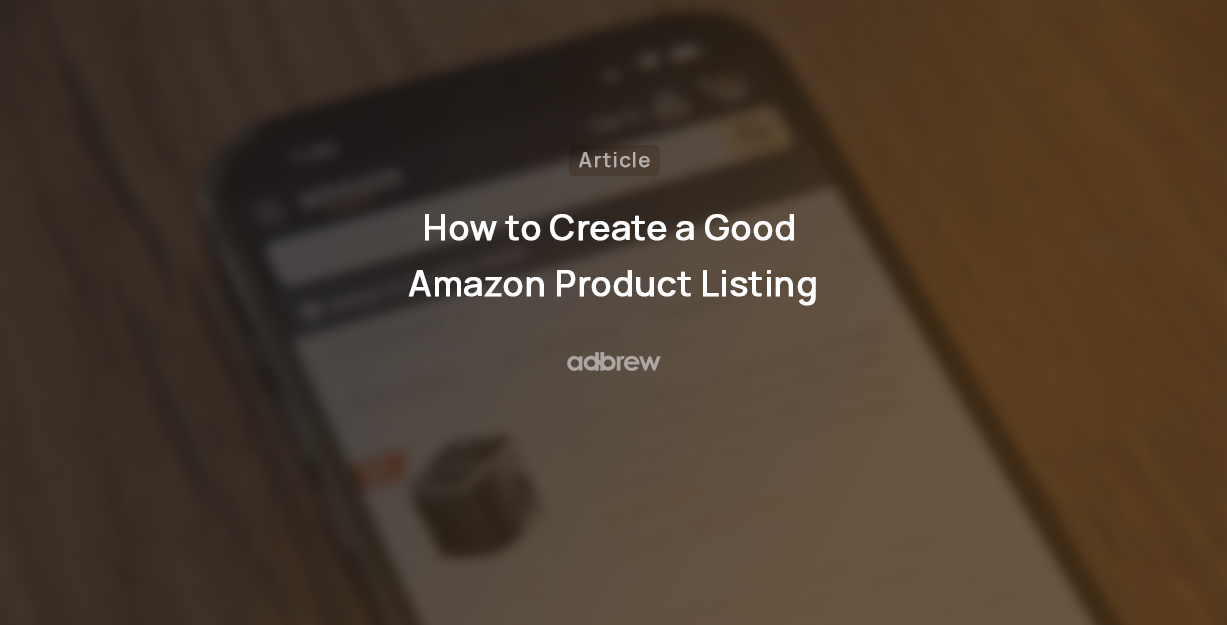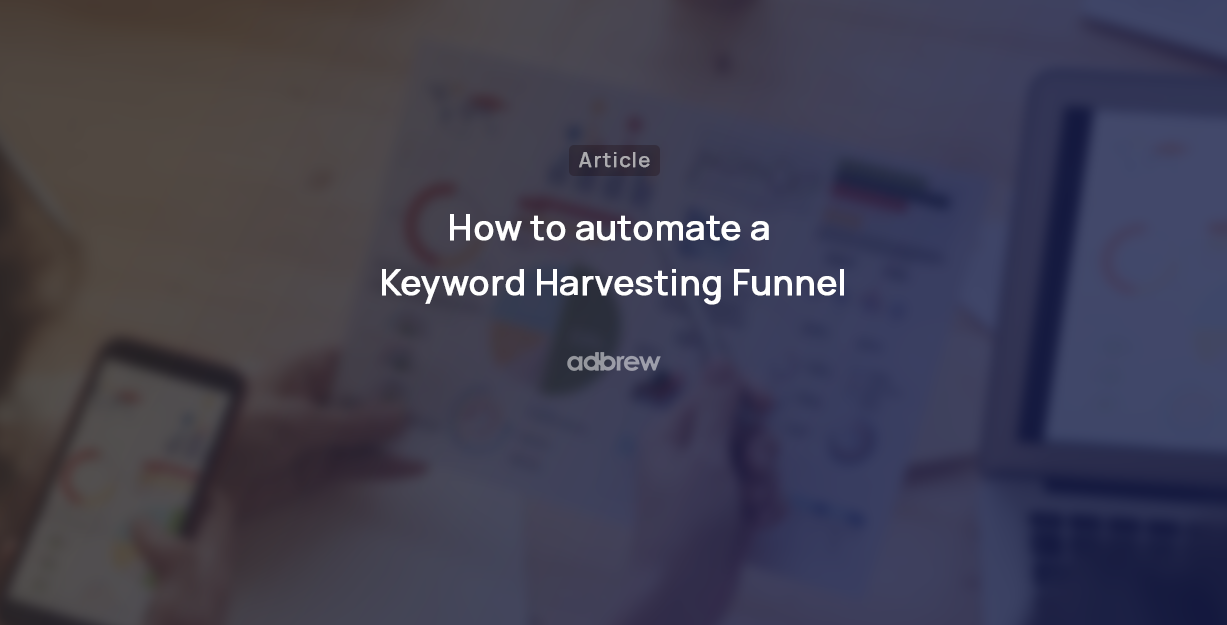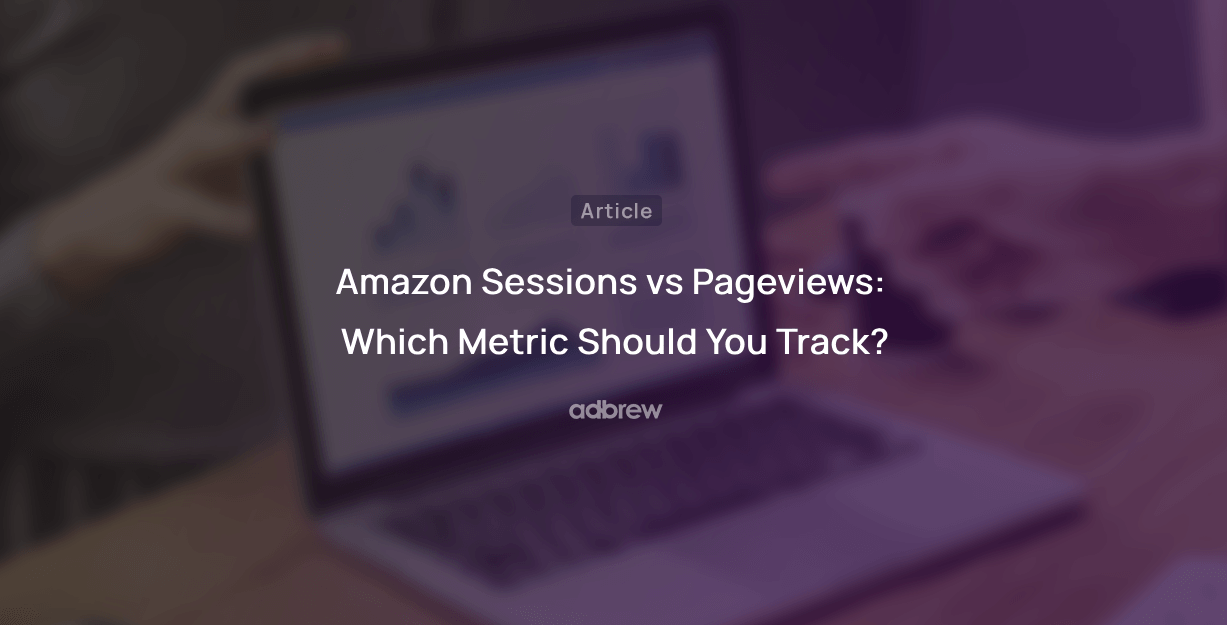
If you’ve ever found yourself scratching your head over Sessions and Pageviews on your Amazon business reports, you’re not alone.
At first glance, they might seem like they measure the same thing—product page traffic—but they’re actually quite distinct. And grasping these differences is crucial for understanding customer behavior and fine-tuning your listings to boost sales.
In this blog post, we will dive deep into what each metric means, why they matter, and how you can leverage them to their advantage.
What is Amazon Session?
Imagine a customer visiting your offline store. They walk in, browse different sections, maybe pick up a few items to examine, and eventually make a purchase (or leave empty-handed). This entire visit counts as one session.
Similarly, an Amazon session represents a single visitor’s browsing activity on your listings within a specific timeframe (typically 24 hours). It encompasses all their page views, searches, and interactions during that period.
Key Points About Sessions:
Unique Visitors: Each session represents a unique visitor, even if they view multiple pages during their visit. Many Amazon sellers mistake it for how many individual customers come to their page, but it actually represents the number of unique visitors visiting the page.
Session Duration: The time a session lasts depends on user behavior. It could be a quick glance or a lengthy research session before a purchase.
Multiple Devices: A single user can create multiple sessions if they visit your listing from different devices (desktop, mobile) within the timeframe.
What is Amazon Pageview?
You can think of a pageview as a single instance of a specific page being loaded. Every time a customer lands on your product listing page, a new pageview is registered. This includes:
Refreshing the product page
Clicking through different variations of the same product
Viewing the page from different devices within a short time (if cookies haven’t cleared)
Key Points About Pageviews:
Total Views: Pageviews represent the total number of times any page of your listing has been loaded, regardless of the visitor.
Repetitive Clicks: Multiple pageviews can be generated by a single user during a session, especially if they’re heavily researching the product.
Where to Find Sessions vs Pageviews Data?
Log in to your Seller Central account.
Within Seller Central, there’s a dedicated section for reports that provide insights into your sales and traffic.
Under the Reports section, you’ll find a specific category for Business Reports
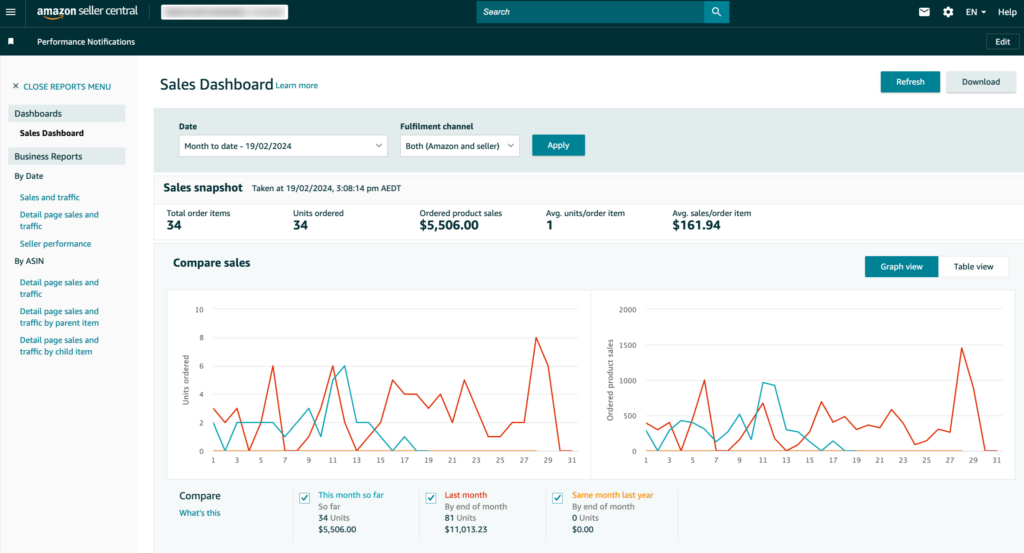
4. Choose the right report:
For overall session and pageview data: Select the Sales and Traffic report. This report provides a comprehensive overview of your traffic, total sales, user visits, and buy box percentage on a daily, weekly, or monthly basis. You can analyze trends and track overall customer interest in your listings.
For session and pageview data for each product page: If you want to see a more granular breakdown, choose the Detail Page Sales and Traffic report. This report dives deeper, showing you sessions and pageviews specifically for each of your product listings. This allows you to identify which products are generating more interest and engagement.
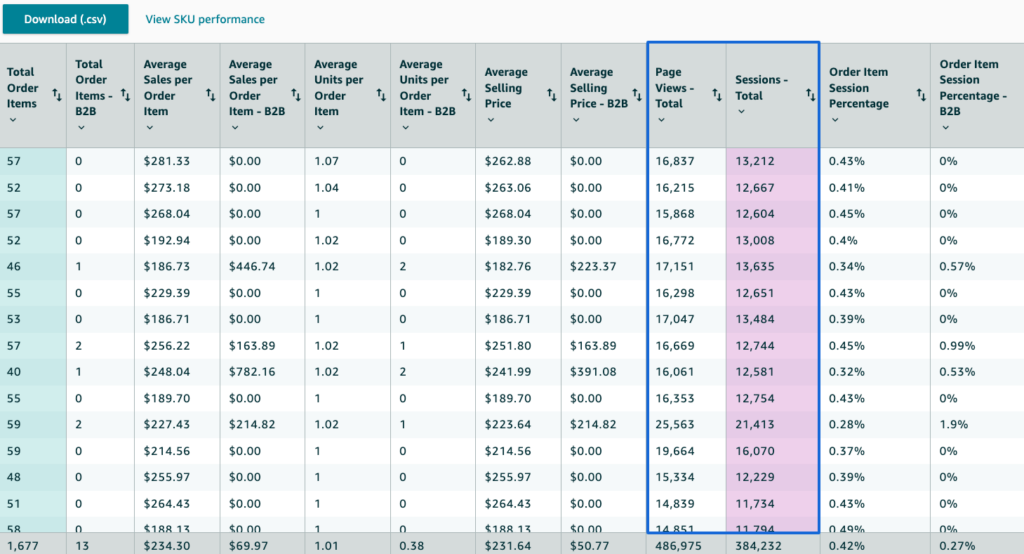
Which (Sessions vs Pageviews) is More Important Metric?

There isn’t a clear-cut answer to whether sessions or pageviews are inherently more important. They both provide valuable insights but for different aspects of customer behavior on your Amazon listing.
Sessions tell you how many unique visitors you’re attracting, which is crucial for understanding overall interest in your product. High sessions indicate strong potential for increased sales, especially if you’re running marketing campaigns to drive traffic.
On the other hand, pageviews delve deeper into how visitors engage with your listing itself. A high number of pageviews suggests they’re actively browsing different variations or comparing features – all positive signs of deeper engagement that could lead to a purchase.
However, if you’re seeking just one primary traffic metric to monitor, consider tracking sessions, as it ultimately indicates how many unique visitors you are driving to your product detail page.
Leveraging Sessions and Pageviews for Listing Optimization
Now that you understand the distinction, how can you use these essential metrics to improve your listings?
Session to Pageview Ratio: A high session-to-pageview ratio (closer to 1:1) indicates users are engaged and exploring your listing thoroughly. A low ratio might suggest visitors are bouncing off quickly.
Average Session Duration: A longer average session duration suggests users are finding your listing informative and valuable. Aim to increase this metric by optimizing content and user experience.
Pageviews per Session: Analyze which pages within your listing receive the most views. This can reveal areas of high interest or identify sections requiring improvement.
Final Thoughts on Amazon Sessions vs Pageviews:
Amazon Sessions and Pageviews may seem similar, but they offer different perspectives on how customers interact with your products. By understanding these metrics and using them effectively, you can improve your Amazon presence, attract more customers to your Amazon store, and increase sales. The key lies in recognizing the unique insights each metric provides and leveraging them to make informed decisions for your business on Amazon.
Related Blogs
Introduction Selling on Amazon can be a great way to get your products out there. But once someone buys your […]
Ever feel like you’re missing something in your Amazon PPC Search Terms report? You might be! Sure, they show what […]
Ever scrutinized an Amazon product page and noticed the cryptic “Sales Rank”? Wondering what it means and how it impacts […]
Millions of products compete for customer attention on Amazon’s search results page, making it tough for your brand to stand […]
Are you selling products on Amazon and looking to increase your sales? This blog is for you. We’ll share tips […]
Are you an Amazon seller looking to boost your brand visibility and profitability? Are you feeling stuck in the cycle […]
Ever wonder what drives your online shopping habits? Perhaps a captivating product description, or an eye-catching professional photo? As it […]
For any seller on Amazon, understanding the A9 algorithm is crucial for success. This complex algorithm dictates which products appear […]
Are you an Amazon seller looking to turn those single purchases into recurring revenue? Look no further than the Subscribe […]
Amazon has become a go-to platform for all e-commerce business owners to launch and scale their e-commerce brands online. But […]
Mother’s Day, a time to celebrate the incredible women who raised us, is a prime opportunity for Amazon sellers to […]
In the ever-competitive landscape of Amazon, ranking high in organic search results is crucial for driving sales. While you might […]
If you’ve ever found yourself scratching your head over Sessions and Pageviews on your Amazon business reports, you’re not alone. At […]
Amazon is a massive marketplace, attracting millions of customers with diverse needs, preferences, budgets, and mindsets for shopping. To effectively […]
With Amazon boasting over $575 billion in retail sales for 2023, it’s no wonder so many sellers flock to its […]
Advertising on Amazon through pay-per-click campaigns can significantly enhance product visibility and sales for sellers. However, mastering Amazon PPC, with […]
Have you heard of the terms copyright infringement and plagiarism? If so, then Amazon Brand gating won’t be unfamiliar to […]
If you are running ads on Amazon, you’ll come across a sea of data in your advertising console. But does […]
Have you heard of the terms copyright infringement and plagiarism? If so, then Amazon Brand gating won’t be unfamiliar to […]
In the fast-paced world of e-commerce, where shoppers are bombarded with choices, standing out on platforms like Amazon is paramount […]
Are you planning to start an Amazon FBA store? If so, you’ll encounter a unique term – FNSKU. This seemingly […]
Introduction As an Amazon seller, you understand the power of reviews. They’re the lifeblood of trust and conversion on the […]
Are you struggling to get Amazon reviews on your product? Well, you are not alone! Reviews are the backbone of […]
Are you tired of bland Amazon product listings failing to grab attention? In today’s competitive online marketplace, standing out is […]
As an Amazon seller, understanding how your brand performs throughout the customer journey is vital for success. However, until recently, […]
As an Amazon seller, optimizing your business and maximizing profits relies heavily on data analysis. One invaluable tool for gaining […]
Are you struggling to get noticed on Amazon’s massive platform? Do your products get lost in a sea of similar […]
For any Amazon seller getting into the world of sponsored advertising, understanding the Advertising Cost of Sale (ACoS) is crucial. […]
A well-executed product launch on Amazon can be the key to unlocking success and gaining a competitive edge. As the […]
In the ever-evolving landscape of e-commerce, distinguishing between keywords and search terms is vital for optimizing product visibility and driving […]
Ever felt like you are throwing darts in the dark when it comes to your marketing efforts outside Amazon for […]
Amazon, the e-commerce giant, has successfully concluded a robust business year with outstanding performance in quarter 4. The most recent […]
Picture this: you have a great product on Amazon, but it’s not selling well despite having attractive images and a […]
The advertising landscape is evolving, and viewers are rapidly migrating from traditional cable TV to streaming platforms. This presents a […]
Feeling lost in the Amazon discount jungle? Struggling to reach the right customers and entice them to make the purchase? […]
Are you losing your product in the deep ocean of Amazon product listings? Want your product to stand out, rank […]
For years, Amazon sellers were in the dark. They couldn’t see what keywords customers were using to find their products, […]
Selling on Amazon can be tough with so many others doing the same in your category. That’s why it’s super […]
For Amazon sellers, understanding their customers has often felt like navigating a maze without a map. The missing link? A […]
Have you ever felt like your Amazon advertising campaigns are lost in a tangled jungle of keywords? You’re not alone. […]
When did you last give your Amazon PPC account a checkup? Regular Amazon PPC audits are crucial to ensure the […]
Embarking on the path of online selling? If so, you’re likely aware that Amazon is your ultimate destination. With a […]
Ever felt like your product is lost in the vast Amazon jungle? You’re not alone. With millions of shoppers actively […]
Amazon Sellers selling on the Amazon marketplace usually utilize Amazon advertising without keeping a close eye on the TACoS metric. […]
The rush of Black Friday and Cyber Monday might be over, but the opportunity for continued sales growth extends beyond […]
In the fierce Amazon advertising domain, where competition rises and costs increase, understanding and keeping track of the right metrics […]
Have you ever felt the frustration of campaigns going out of budget, leading to missing out on potential sales, or, […]
Amazon PPC campaigns can be a powerful tool for driving traffic and sales to your products. However, without proper structure, they […]
The Amazon Cyber Monday and Black Friday sales week is just around the corner. It’s no secret that this marks […]
Whether you are creating a new advertising campaign or optimizing existing ones, doing it manually from the Amazon ad console […]
Want to know what search terms people use to visit or purchase your product on Amazon? If yes, you’re in […]
When you are spending dollars or even more to get a click on your Amazon ads, you want to ensure […]
Are you an Amazon seller looking to maximize your profits and minimize your advertising costs? If so, you’re not alone. Many […]
Are you exclusively relying on traditional metrics such as CTR, CPC, CVR, or ROAS to make your campaign optimization decisions? […]
Navigating the ever-evolving landscape of Amazon’s online marketplace is essential for any seller looking to thrive on the platform. Among […]
As the holiday season approaches, businesses are gearing up for the highly anticipated Q4 rush. To ensure a successful Q4, […]
Do you regularly review your Amazon advertising reports? If not, you may be missing out on numerous opportunities. Amazon […]
Whether you’ve just launched a new product or have been selling on Amazon for a while, advertising on the platform […]
Amazon PPC bidding strategies that you choose play a significant role in the success of your Amazon Ads campaigns. As […]
Have you ever heard of a “catch-all campaign”? This single campaign can generate extra sales for you at a very […]
Amazon Prime Day is one of the largest global e-commerce sales events, attracting millions of customers worldwide. But how do […]
Are you looking to boost your brand’s visibility and drive more sales on Amazon? Look no further than Amazon Sponsored […]
Succeeding on Amazon in 2023 isn’t easy. Just listing your products and hoping for the best won’t work anymore. You […]
Are you bidding the same amount for all your ad placements on Amazon? If yes, then you’re missing out on […]
Whether you are looking to boost product discovery or target audiences further down the sales funnel who have already engaged […]
We, at Adbrew catalyze millions of dollars of ad spend monthly through our platform, with Sponsored Product Ads being the […]
Do you want to know how many clicks you should give a search term before adding it as negative in […]
Think of your product listing as a guiding light on the Amazon marketplace. It’s your chance to grab attention, tell […]
It is no longer a secret that shopping behavior on Amazon varies over the day. This is the reason why […]
Are you struggling to get the most out of your advertising budget on Amazon? Do you find that your campaigns […]
Ever run an Amazon Ad campaign and wondered why some sales weren’t directly linked to the products you advertised? That’s […]
If you’re managing Amazon PPC ads, it’s essential to have an effective and organized approach for target harvesting and movement. […]



